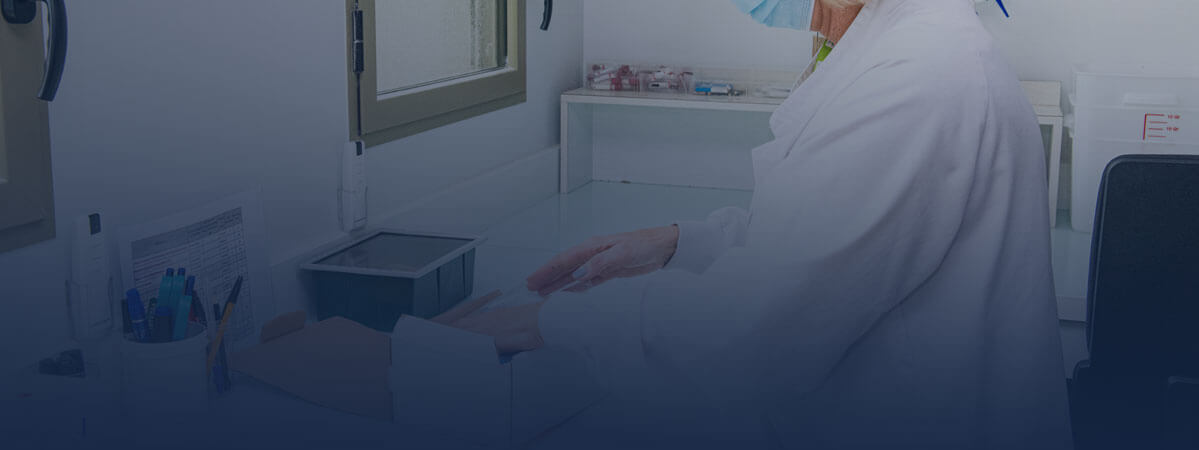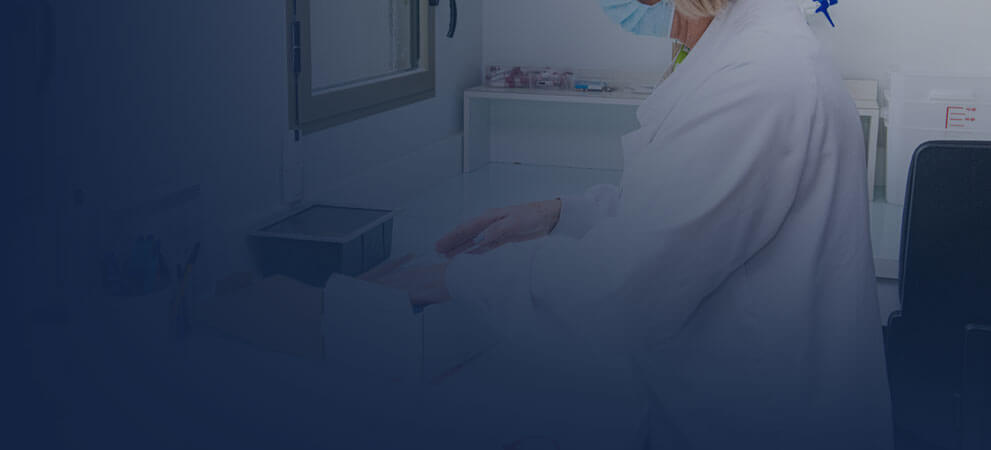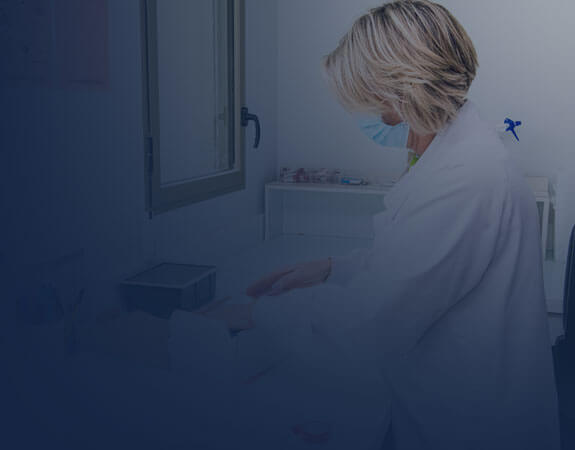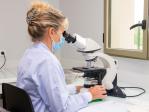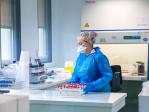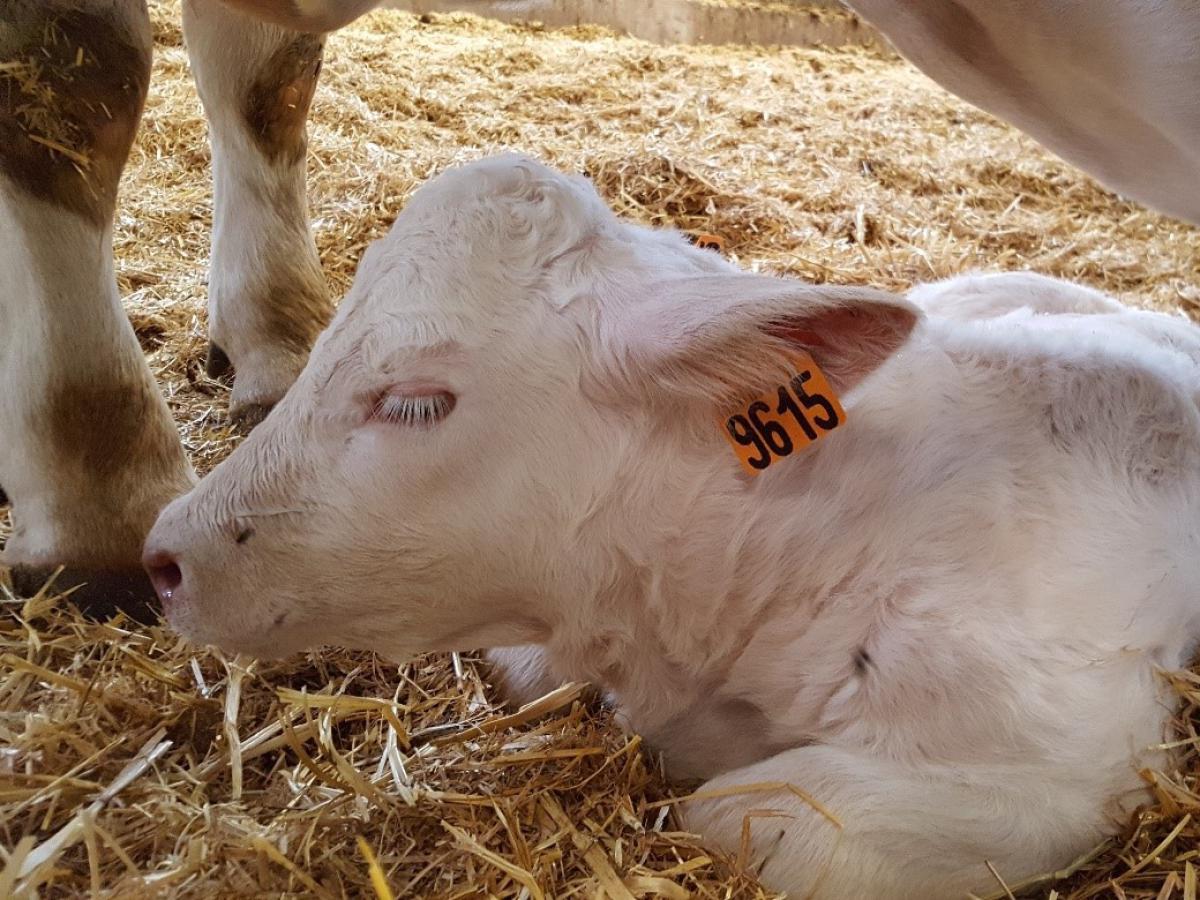

2020
A ministerial decree of July 31, 2019 set surveillance measures in the battle against Bovine Viral Diarrhoea and Mucosal Disease (BVD-MD). This became mandatory in Burgundy Franche-Comté region on August 1, 2020. This prevention measure has been set up by the regional federation of health defence groups, the FRGDS.
Testing for BVD in Saône-et-Loire with Agrivalys71
When a calf is born, the farmer takes a sample of ear cartilage when ear-tagging the animal.
In Saône-et-Loire, farmers send their samples to the Agrivalys71 laboratory which carries out RT-PCR tests, using reactives controlled by the National Reference Laboratory to screen for the presence of the viral genome.
Testing is initially on a batch of 10 samples, then individually if the batch tests positive.
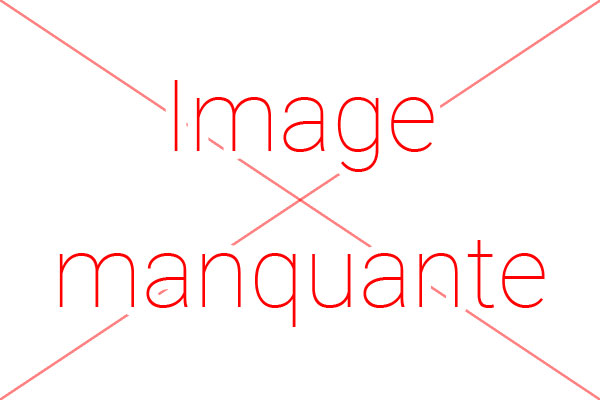
Should the cartilage test be positive, a new 4-week serum test may be necessary to differentiate between a “Persistent Infection” calf and a “transient viremic” calf.
A negative RT-PCR BVD result on ear cartilage means the tested calf is not PI.
Read also


